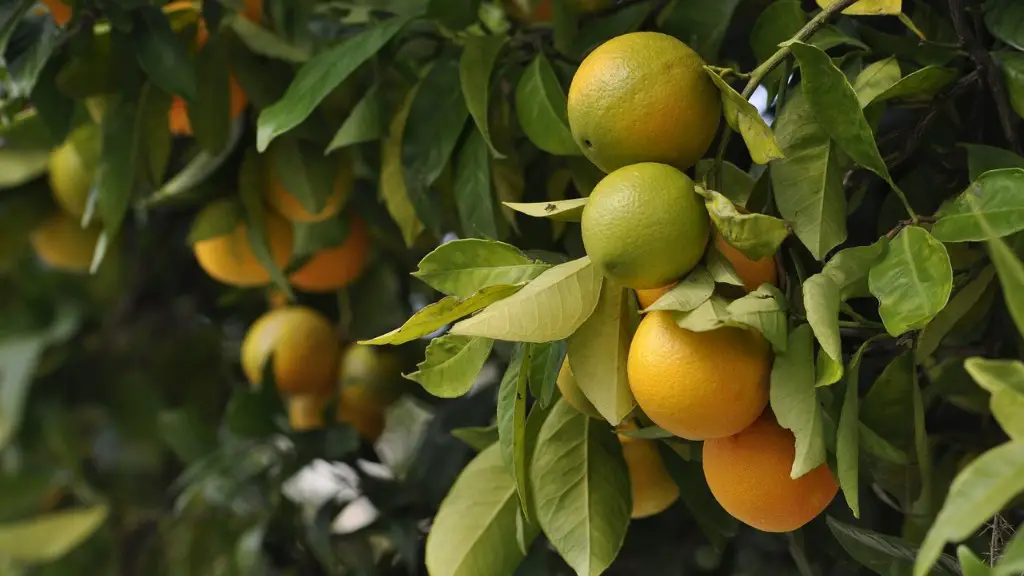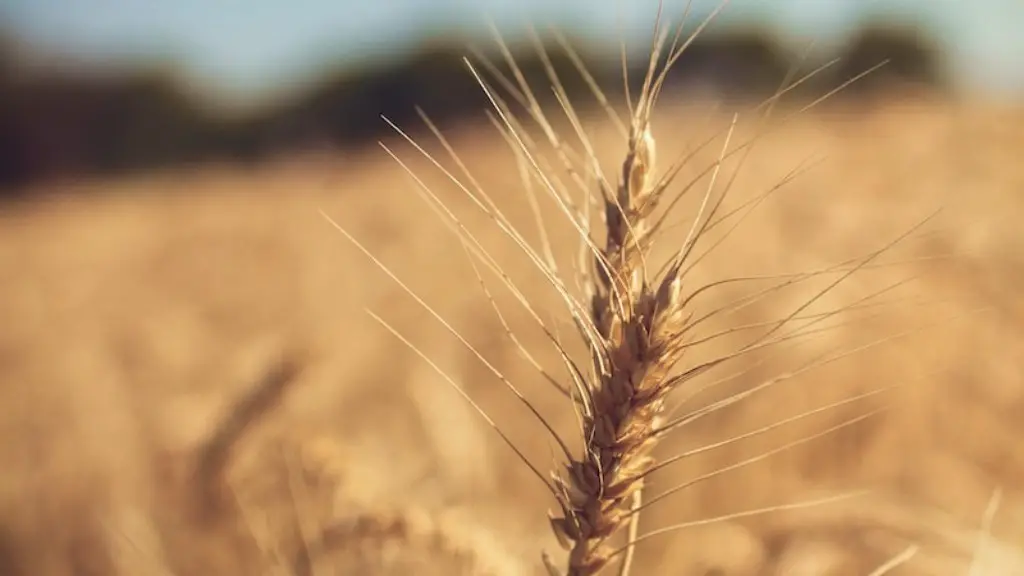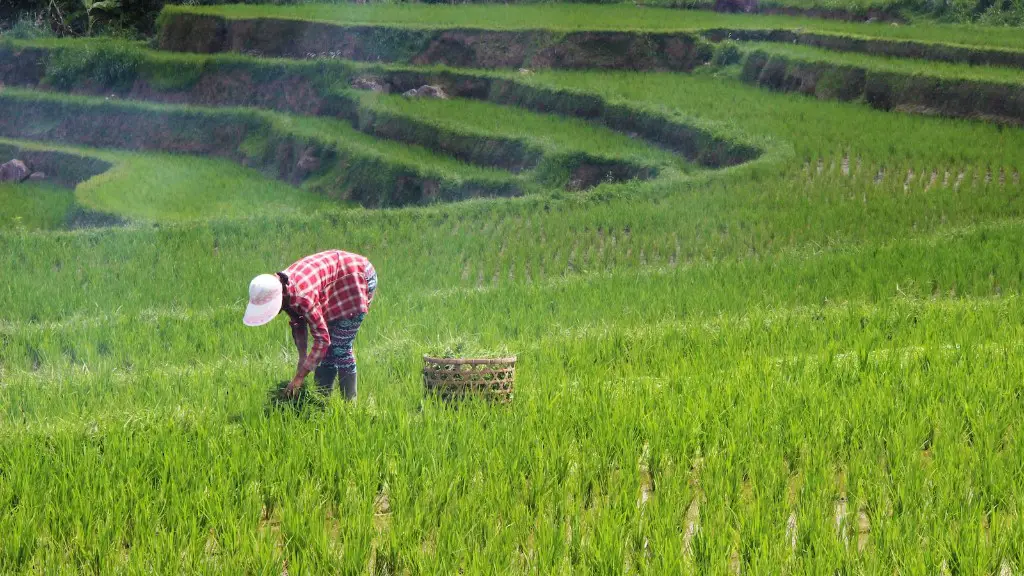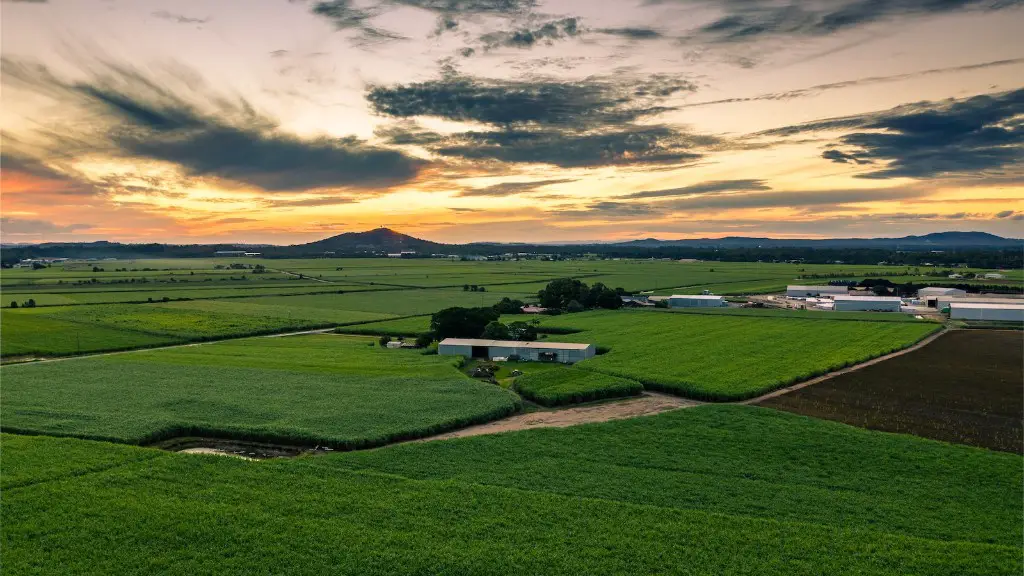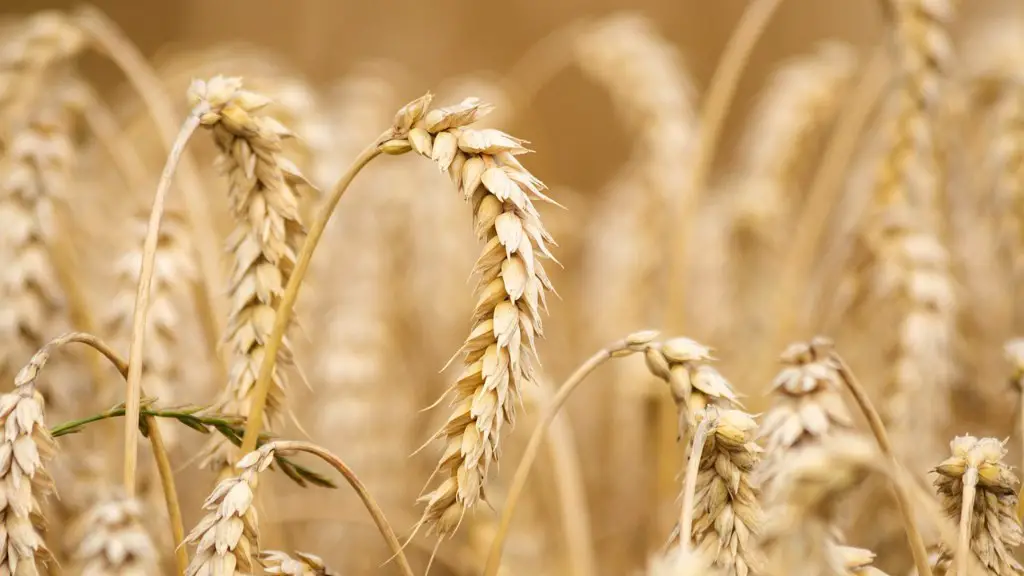In recent years, there have been many new developments in agriculture. One of the most significant has been the introduction of new technology, which has made farming more efficient and effective. In addition, new techniques and approaches have been developed to help farmers improve their yields and produce higher-quality crops. Another major change has been the increasing global demand for agricultural products, which has led to more farmers engaging in international trade. As a result, the face of agriculture is continually changing, and new opportunities are emerging for those who are willing to embrace them.
With the world population expected to exceed 9 billion by 2050, the demand for food will continue to rise. Agricultural practices will need to become more efficient in order to meet this demand. New technologies and approaches are emerging that have the potential to transform agriculture.
Precision agriculture is one example of a new approach that is being adopted by farmers. This approach uses sensors and other technology to collect data about the condition of crops. This data can then be analyzed to optimize irrigation, fertilization, and other inputs.
another new development in agriculture is the use of drones. Drones can be used for a variety of tasks, including mapping fields, monitoring crop health, and even applying pesticides.
The use of robotics is also increasing in agriculture. Robots can be used for tasks such as picking fruits and vegetables, and they are becoming more affordable as technology advances.
The adoption of these new technologies will help farmers to increase yields and produce food more efficiently.
What is the newest agriculture?
The agricultural sector is under pressure to produce more food with fewer resources. Climate change, water scarcity, and soil degradation are just some of the challenges that farmers face. To meet the demand for food, the agricultural sector must innovate.
Here are 10 agricultural technologies that are worth watching in the next few years:
1. Bee vectoring technologies
2. Precision agriculture
3. Indoor vertical farming
4. Livestock farming technology
5. Laser scarecrows
6. Farm automation
7. Real-time kinematic (RTK) technology
8. Minichromosome technology
9. Agricultural robotics
10. Blockchain technology
Automation in farming is becoming increasingly popular as a way to improve efficiency and yield. Robots, drones, and autonomous tractors are being used more and more to help with tasks such as planting, watering, and crop maintenance. Precision farming is another area that is growing in popularity, as it allows farmers to better target irrigation, fertilizers, and pesticides to the specific needs of their crops. This results in less waste and a more efficient use of resources.
What are 3 advancements in agriculture
Precision agriculture is a farming management concept based on observing, measuring and responding to inter and intra-field variability in crops. The goal of precision agriculture is to optimize returns on inputs by precisely matching them with the needs of the crop.
Industrial automation is the use of control systems, such as computers or robots, to minimize the need for human intervention in the production of goods and services.
Automated irrigation systems are irrigation systems that automate the process of watering crops. These systems can be used to water crops in both greenhouses and fields.
Remote monitoring of crops using sensors is a method of monitoring crops from a distance using sensors. This allows farmers to track the health of their crops and make changes to their irrigation and fertilization practices as needed.
Genetically modified crops are crops that have been genetically modified to improve their yield, resistance to pests and diseases, or nutritional content.
Merging datasets is the process of combining two or more datasets into a single dataset. This can be done for a variety of reasons, such as to improve data quality or to create a more comprehensive dataset.
The agricultural events listed above are some of the events that will be taking place in the United States in 2022. Each event will showcase different aspects of the agricultural industry and provide attendees with the opportunity to learn about new products, technology, and services. Attendees will also have the chance to network with other professionals in the industry. These events will be a great opportunity for those in the agricultural industry to stay up-to-date on the latest developments and trends.
What are 5 advancements in agriculture?
Farm automation technology is becoming increasingly popular as farmers look for ways to address major issues like a rising global population, farm labor shortages, and changing consumer preferences. Some of the most commonly used technologies include harvest automation, autonomous tractors, seeding and weeding, and drones. Each of these technologies can help improve efficiency and productivity on the farm, while also reducing labor costs.
Robots and drones are replacing traditional farm operations such as picking fruits, killing weeds, or spraying water or fertilizer on crops. Imagery from drones and satellites, coupled with Global Positioning System (GPS) technology, provides a high-resolution and location-specific view of the field. This allows farmers to more accurately target their operations, and ultimately, improve yields and decrease inputs.
What is the future of agriculture 2022?
According to AgAmerica’s Chief Economist Dr John Penson, net farm income is forecasted to decline by 45 percent in 2022. However, this is still 26 percent higher than the 10-year average. Dr Penson has been monitoring the most influential factors impacting farm income in 2022 and has consolidated his insights into a comprehensive economic report.
Climate change is a reality that farmers must face. With droughts, floods, and other extreme weather events becoming more common, farmers must adapt their practices to become more resilient. One way to do this is to focus on using land more efficiently. According to the FAO, only 12% of the world’s land is suitable for farming. This means that farmers must make the most of the land they have by using sustainable practices that conserve water and protect the soil. Another way to adapt to climate change is to diversify crops and create more resilient ecosystems. This helps to protect against crop failures and creates a more stable food supply.
Which is the latest and new technology in agriculture
GIS software and GPS are important for agriculture because they allow farmers to map and track their crops, soil, and irrigation systems. Satellite imagery can be used to assess crop health and growth, and drones can be used to take pictures of crops to track their progress. Farming software and online data can help farmers keep track of yield statistics, planting and harvest dates, and marketing information.
The Big 4 agricultural companies – DowDuPont, Bayer-Monsanto, ChemChina-Syngenta and BASF – have a huge impact on the industry. They control a large share of the market, and their decisions can dictate the direction of the agricultural industry as a whole. While they may not always be acting in the best interests of farmers or consumers, they are a force to be reckoned with.
What are the two major changes in agriculture?
The adoption of iron ploughshares was a major change in agricultural production during the medieval period. This change allowed for more efficient cultivation of rice, which quickly became the staple crop of the region.
Farmers and livestock producers are facing uncertainty over three major issues: agricultural trade, tax reform and the new farm bill. Agricultural trade is a critical issue for farmers, as exports account for a significant portion of farm income. Tax reform is also a key issue, as the current tax code provides significant benefits to farmers and livestock producers. Finally, the new farm bill will have a major impact on the agricultural sector, as it will likely include major changes to farm programs and subsidies.
What are the changes in modern agriculture
Artificial rain, also known as water seeding, is the process of adding water to the atmosphere to encourage precipitation. This can be done through using aircraft to drop silver iodide, dry ice, or other chemicals into clouds, or by firing rockets or shells into the air. The process of artificially inducing rain is known as cloud seeding.
The world’s major crops are projected to experience reduced or stagnant growth rates by 2030, while average prices are expected to increase dramatically. This is in part due to climate change, which is expected to cause energy demand to increase by as much as 50%. Developing countries are likely to be the most affected by these changes, as they will need to meet their growing energy demands while also dealing with the impact of climate change on their crops.
What are some current agricultural issues 2022?
There are a few key areas where farmers are experiencing rising costs, which include fertilizer, crop protection, and labor. Across the United States, a large majority of farmers (80%) have cited these rising costs as the biggest risk to profitability. This is a trends that farmers will need to keep a close eye on in order to maintain their bottom line.
farm land in the US is expected to decrease by half by 2040. The farming population is expected to decrease from 3 million to 15 million. This research is independent.
Conclusion
The agricultural industry is constantly evolving and changing. New technology and innovations are always being developed to help farmers improve their operations and maximize their yields. Some of the latest advancements in agriculture include precision farming, sustainable agriculture practices, and new genetic engineering techniques.
The new in agriculture is the application of advanced technologies to improve yields, reduce labor requirements, and precision. Agricultural precision involves both devices and techniques that farmers use to target very specific areas of their crops or land. Technologies such as GPS and mapping software, variable rate applications of seed, fertilizer, and pesticides, and yield monitors are becoming more widespread and adopted. Other innovations such as Big Data and the Internet of Things (IoT) have the potential to revolutionize agriculture.
